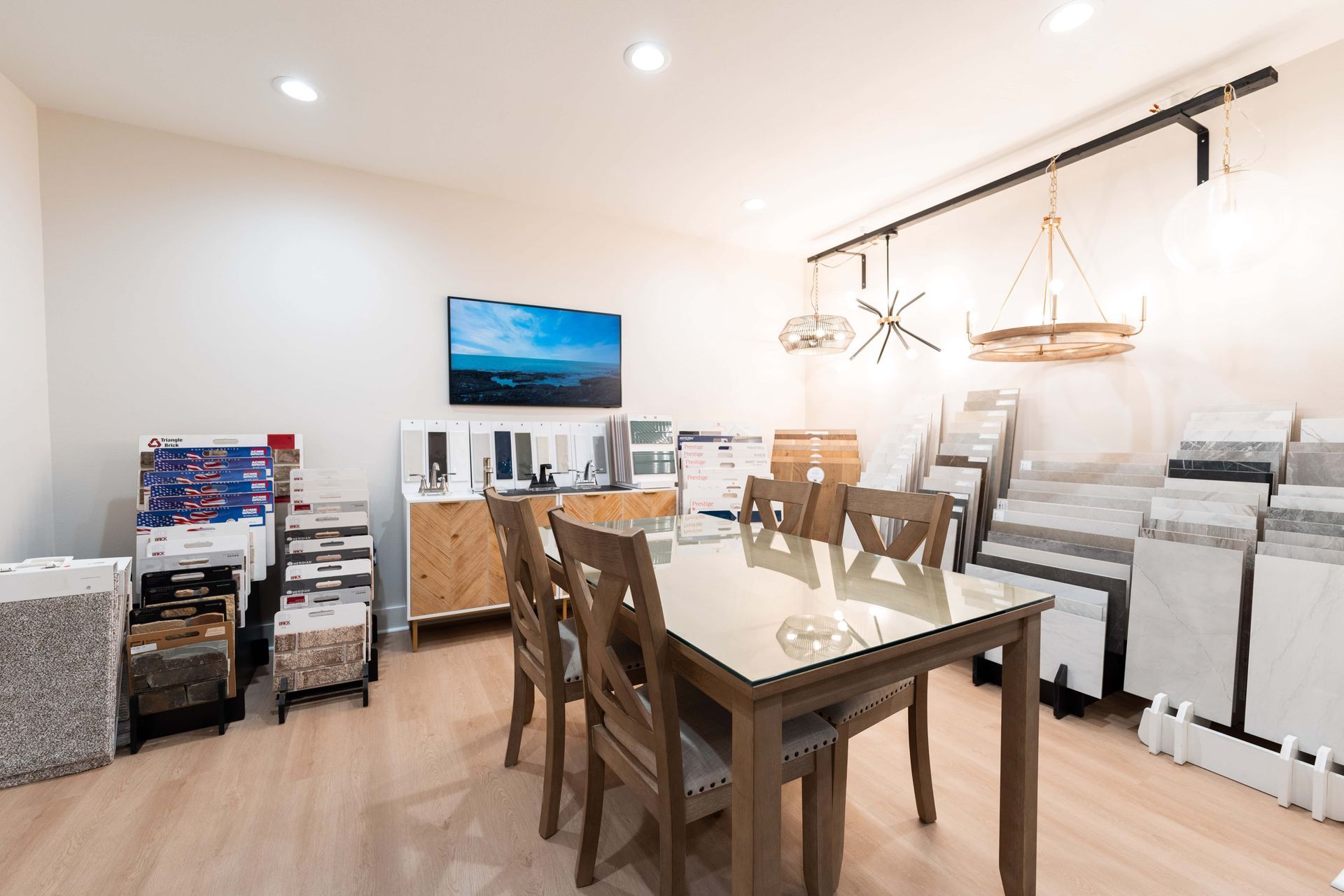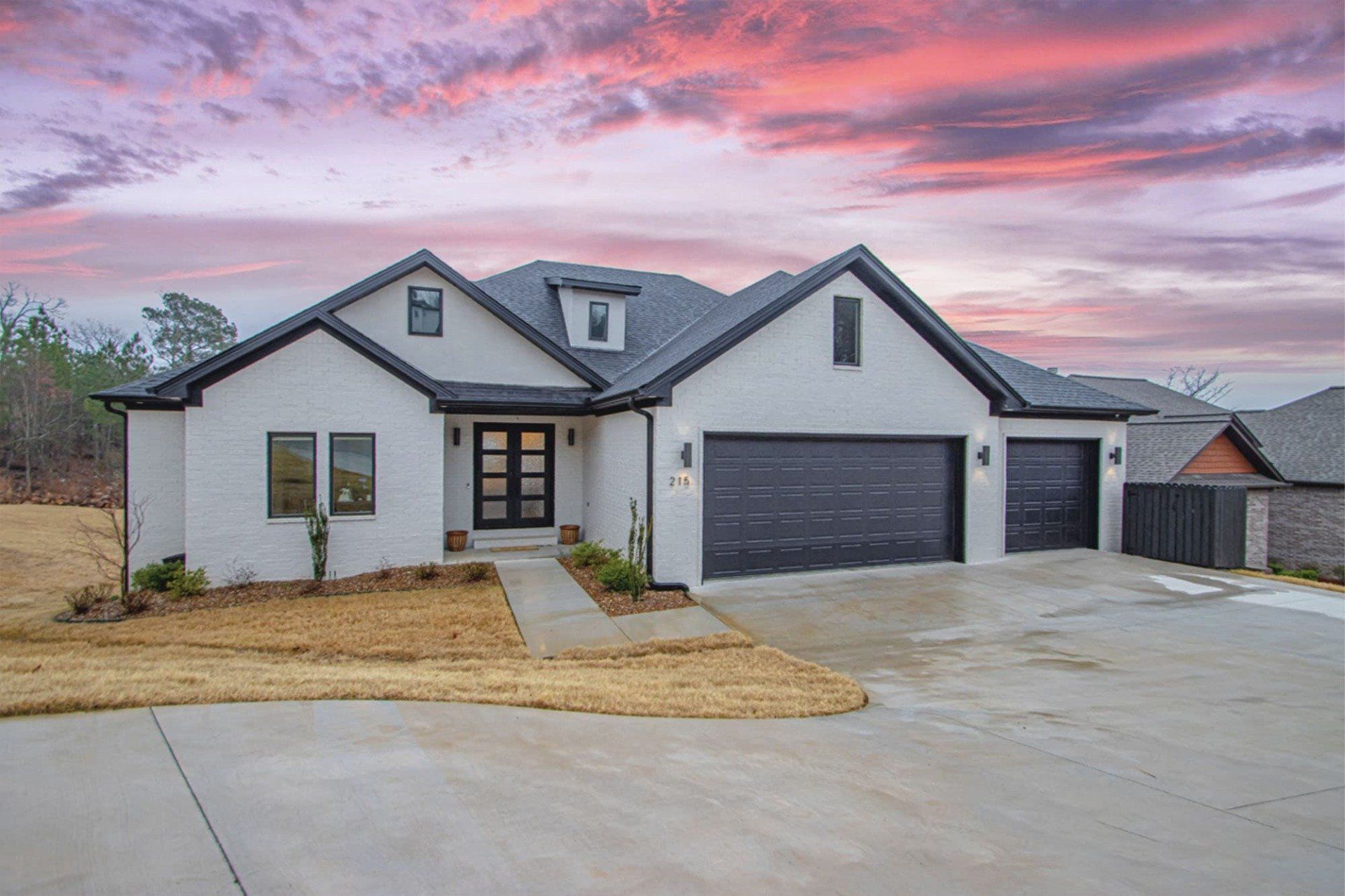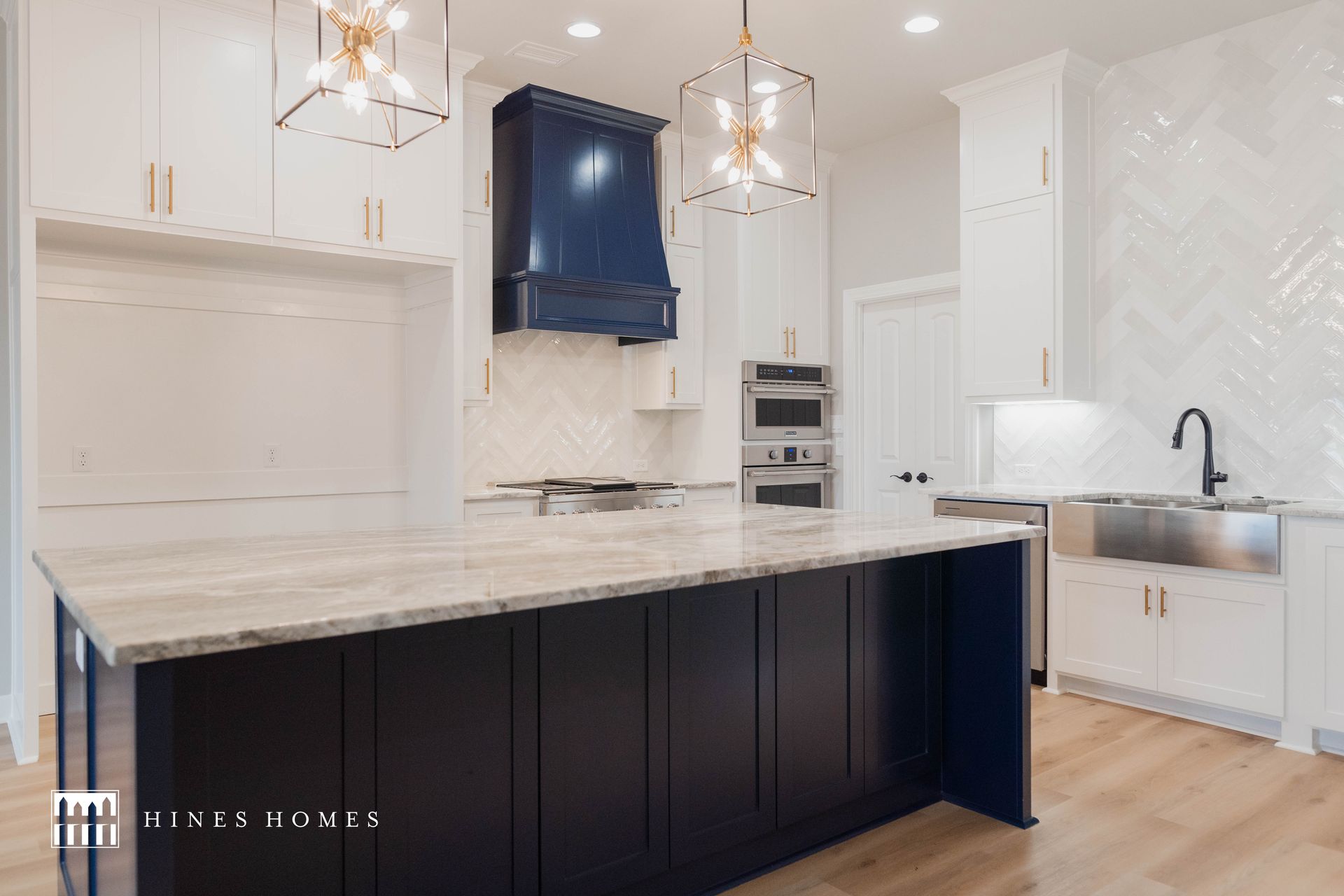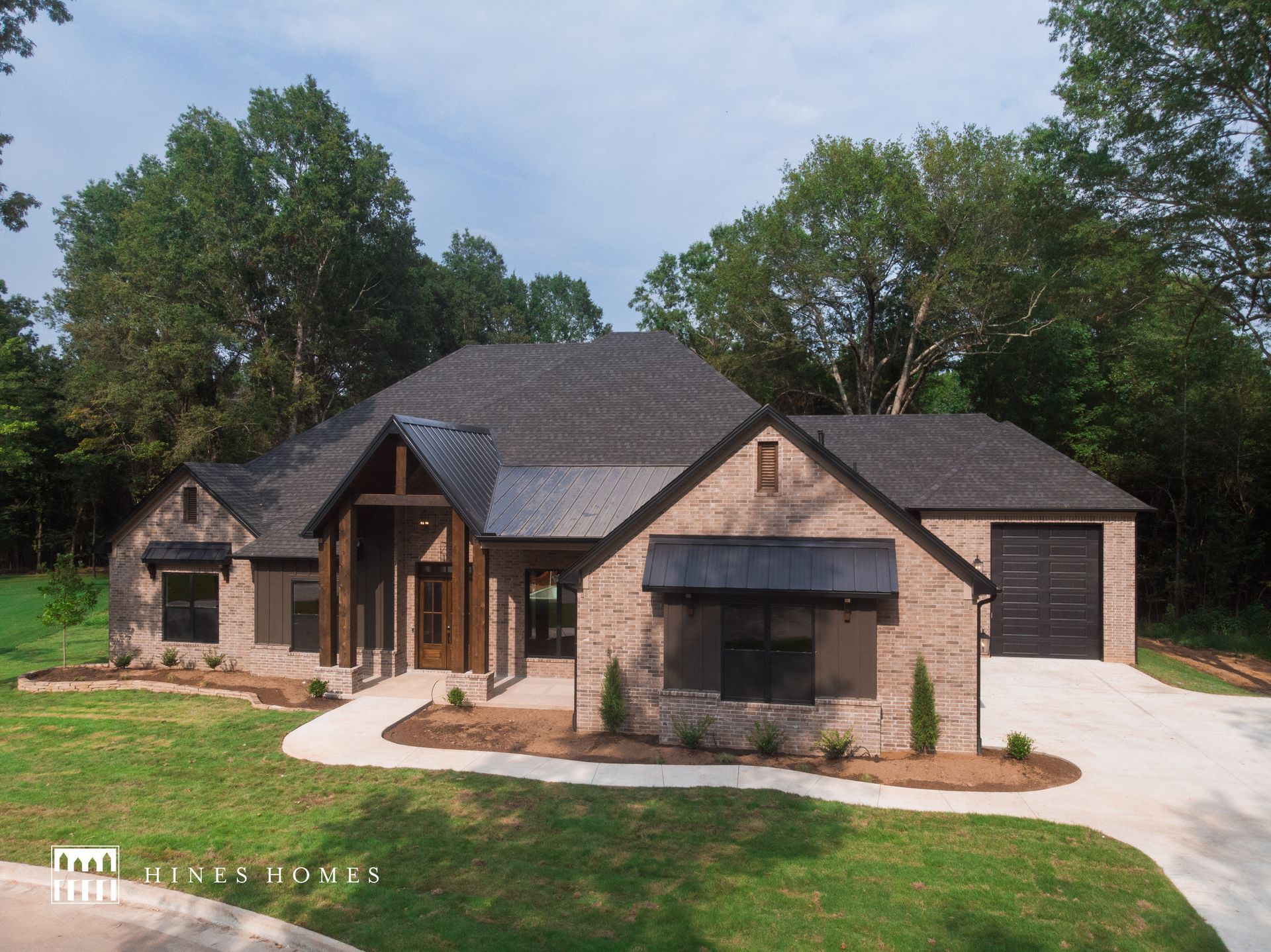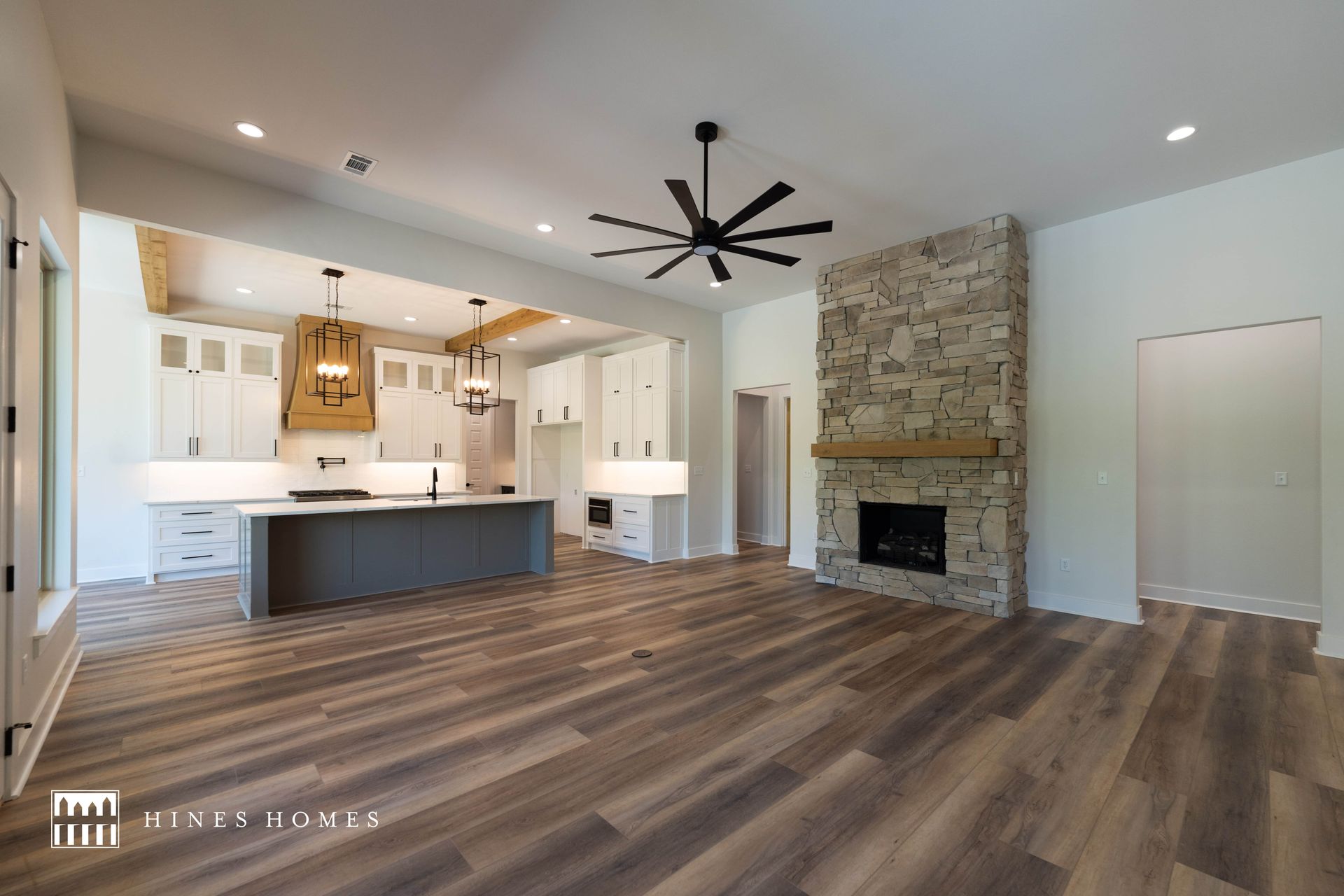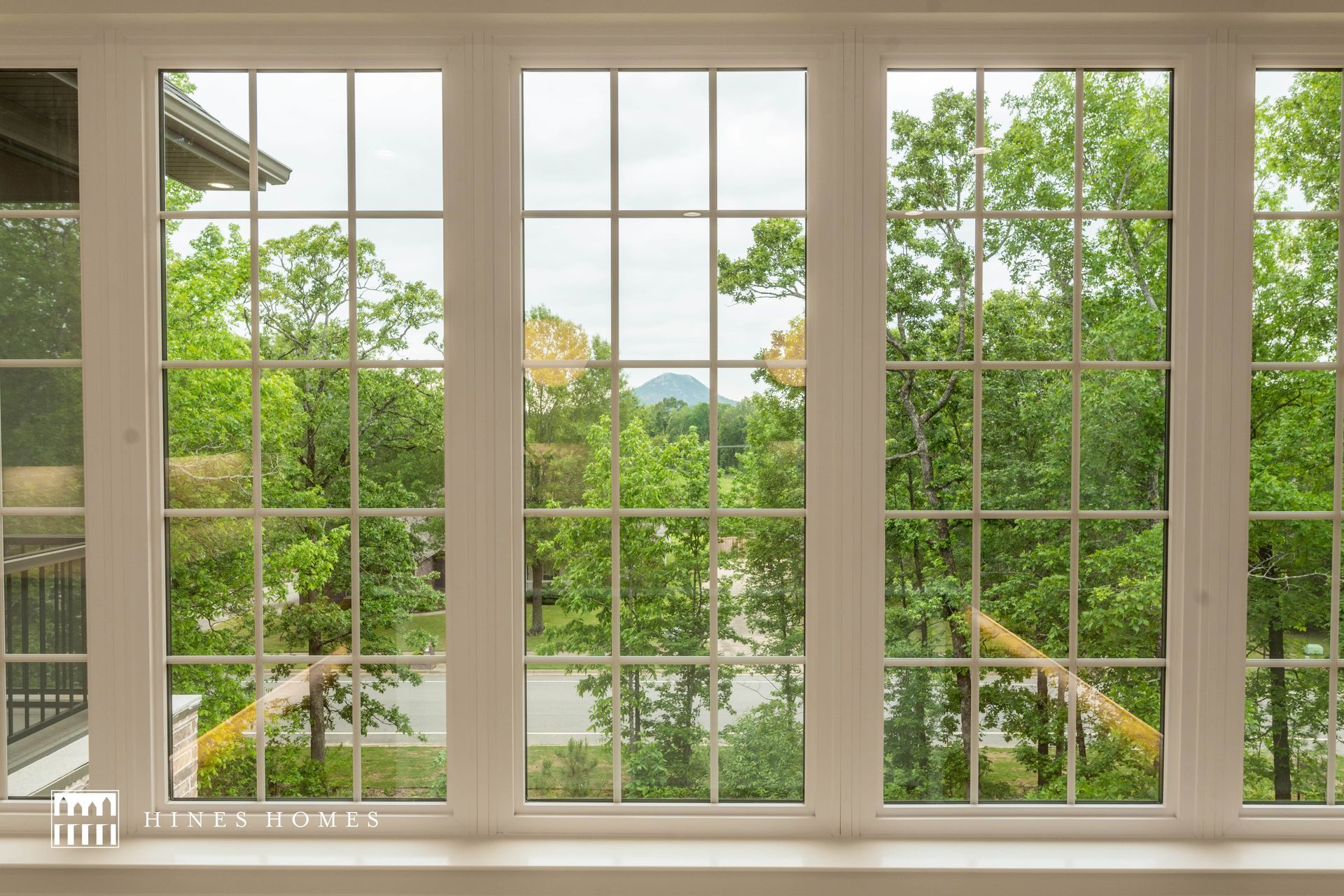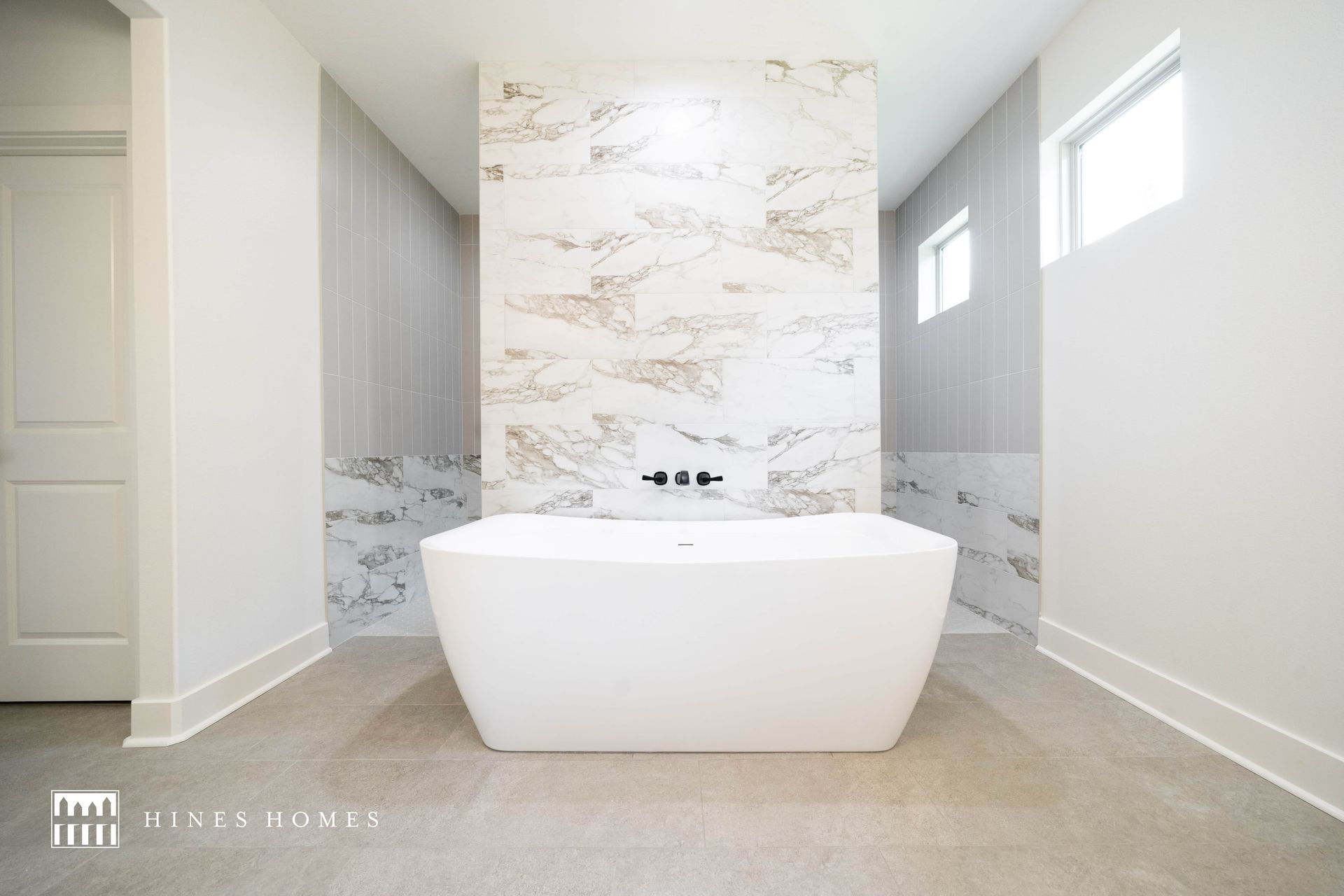Historic Meets Modern: Renovating Classic Homes
There’s something special about an older home—arched doorways, original hardwoods, vintage tile, and details you just don’t find in new construction. But while charm and character may be timeless, function and comfort often need an update.
Blending historic beauty with modern livability is both an art and a science. When done right, a well-renovated classic home feels warm, updated, and uniquely personal. Here's how thoughtful renovation can honor the past while building for the future.
Respecting the Bones of the Home
The goal in renovating a historic property isn’t to erase its age—it’s to celebrate it. Original craftsmanship often serves as the foundation for design choices. Whether it’s restoring millwork, preserving original windows, or refinishing hardwood floors, the key is to identify what’s worth keeping and what needs thoughtful updating.
Wherever possible, vintage details are retained or replicated to maintain the home’s character—think original doors, fireplace surrounds, built-ins, and hardware that tell a story.
Updating the Layout for Today’s Lifestyle
Older homes were designed for a different era of living—often with smaller rooms, closed-off kitchens, and minimal storage. Renovations allow those layouts to be reimagined for modern life.
That might include:
- Opening up walls to create better flow between kitchens, dining areas, and living spaces
- Adding a functional mudroom or laundry area
- Expanding or reconfiguring bathrooms and closets
- Carving out space for home offices or flex rooms
The result is a floor plan that fits today’s needs while preserving the home’s soul.
Upgrading the Systems Behind the Walls
One of the most critical (and least visible) parts of any historic renovation is the upgrade to internal systems. Outdated plumbing, electrical, and HVAC components are often replaced to ensure safety, efficiency, and comfort.
Modern upgrades might include:
- New electrical panels and updated outlets
- Energy-efficient HVAC systems
- Spray foam or blown-in insulation
- Tankless water heaters
- High-performance windows that mimic historical aesthetics
These changes reduce utility costs, increase comfort, and ensure the home is up to current building codes—without compromising on charm.
Mixing Old and New Materials with Intention
A beautiful renovation blends past and present seamlessly. That might mean pairing original floors with modern light fixtures, or adding contemporary cabinetry alongside antique doors.
Some favorite combinations include:
- Natural wood paired with matte black or brass hardware
- Original brick or plaster walls juxtaposed with smooth, minimalist finishes
- Subway tile in classic patterns with updated color palettes
- Reclaimed materials like wood beams or vintage tile reused in a fresh way
It’s not about making an old house look new—it’s about enhancing its character with modern functionality.
Adding Modern Comfort Without Losing Charm
Historic homes weren't built with today’s tech or comfort expectations—but they can still be adapted to meet them.
Some ways to integrate modern convenience include:
- Smart thermostats and security systems
- Radiant floor heating in renovated bathrooms
- Custom cabinetry designed to blend with existing trim
- Improved lighting plans that highlight architectural details
These upgrades make day-to-day living easier while ensuring the home still feels like it belongs in its original time period.
Renovating a historic home is about more than just restoration—it's about writing the next chapter in a story that began decades ago. By blending preservation with progress, it's possible to create a home that honors its history while offering everything needed for modern living.
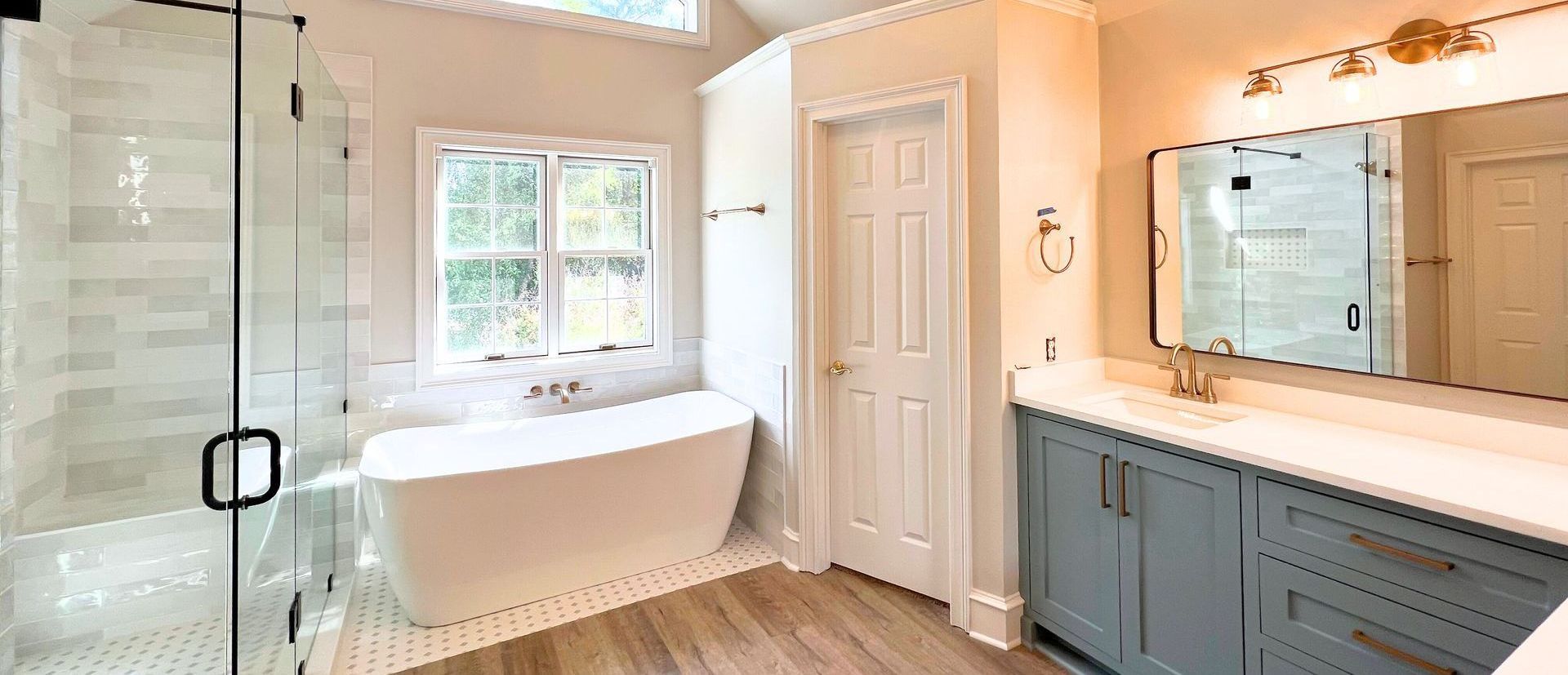
Share
